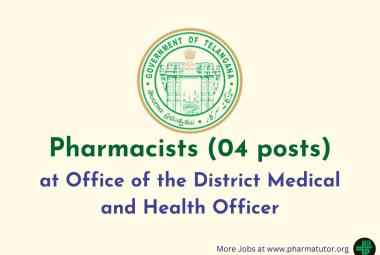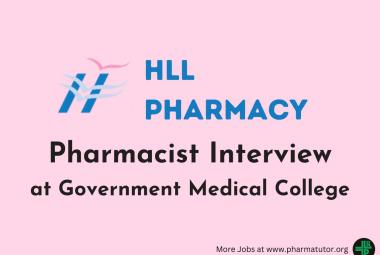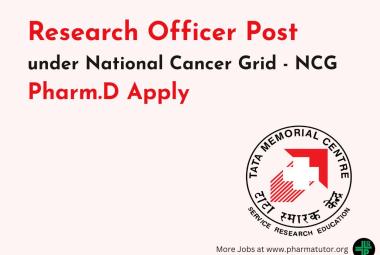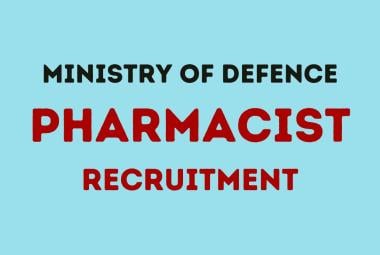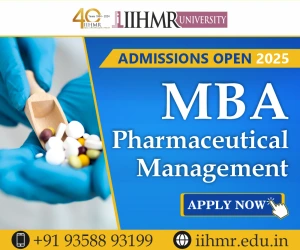The Bureau of Indian Standards, BIS has classified microbeads as unsafe for use in cosmetic products, the government reported to the National Green Court. The petition was made in response to a plea filed by Ashwini Kumar, a Delhi lawyer, who sought a total ban on the use of microspheres in the manufacture, import and sale of various cosmetics or personal care products.
The Ministry of Health and Family Welfare told a bank headed by Judge Jawad Rahim that BIS published a document on May 16 Classification of raw materials and cosmetic supplements, Part 2 List of raw materials generally not recognized as safe for its Use in cosmetics By incorporating non biodegradable polymer microbeads into the prohibited list.
It is stated that this draft notification was not issued by the Ministry of Health but was issued by a different department which is BIS. After this information, the affidavit containing the draft notification was submitted to the approval of the General Controller Of Drugs of India, an affidavit by the Health Ministry said.
Kumar has claimed that microspheres escape filtration and wastewater treatment processes and end up in rivers, which ultimately lead to the ocean where they contribute to the huge amount of plastic soup in the environment. Attorney Sumeer Sodhi, who appears before the petitioner, said that the voluntary step of the Ministry of Health and Family Welfare to ban cosmetics microspheres would be a monumental step to reduce the water pollution.
The voluntary step of the Ministry of Health would be a monumental step towards reducing water pollution from plastic (marine and other) and would put India on the list of one of the few countries that have taken a step In this direction. The same has happened of course in promoting the cause raised by the applicant, he said.
The NGT had previously directed the Center to test cosmetic products containing microspheres after a request to prohibit their use in soil that are extremely hazardous to aquatic life and the environment. He said it is the governments duty to ensure that no dangerous product is allowed to be manufactured or sold to the public and directed to the Central Drug Organization to analyze the products in a laboratory and report in four weeks.



